Michigan consumer sentiment index shows how much Americans' confidence is shattered
Published in Business News
Economists predict a spending pullback by U.S. consumers because their sentiment fell for a fourth consecutive month, plunging to its second-lowest level in more than 70 years, as back-and-forth, on-again, off-again tariffs whipsaw Americans.
The 11% decrease from March in the preliminary results for April of the University of Michigan's Survey of Consumers, founded in 1946, shows that expectations for this year have been upended, said Joanne Hsu, the survey's director. It comes as increased tariffs, pauses and delays have marked President Donald Trump's first months in office. Facing difficulty navigating their financial planning as a result, Hsu said, consumers are feeling less confident about the future, which could threaten economic growth — especially in tariff-vulnerable Michigan.
"It's an interesting situation where what is good for the individual may not be good for the economy," Hsu said. "If you feel worse about the future, you'll probably pull back your spending. Of course, that makes sense. You want to protect yourself and increase your savings so that you have a buffer when times get worse. When the entire U.S. population does that, though, that would represent a contraction in economic activity."
That can result in a recession. Year-ahead inflation expectations surged to 6.7%, up from 5% last month. It was the highest reading since 1981 — a particularly hard economic time for Michigan and its bellwether auto industry — and the fourth consecutive month of unusually large increases of 0.5 percentage points or more. Meanwhile, 67% of survey respondents said they expect unemployment to rise — the fifth month of consecutive growth for that measurement and the highest percentage since 2009.
The sum total of Trump’s tariff moves has, as of Thursday, brought the overall average effective tariff rate for the country to 27%, according to the Yale Budget Lab. That is the highest rate since 1907, higher than the Smoot-Hawley era tariffs widely blamed for deepening the Great Depression.
Gov. Gretchen Whitmer referenced Michigan's vulnerability to tariffs Wednesday during a speech in Washington, blocks away from the White House. "When America gets a cold," she said, "Michigan gets the flu."
Collection of the UM survey data finished on Tuesday. That was one day before major stock market indices surged after Trump paused his "Liberation Day” tariffs, for which he cited U.S. trade deficits with other countries to underscore the need for new import taxes on more than 180 countries.
The president issued a 90-day pause on higher tariffs on more than 75 nations, though he left in place a universal 10% duty on most. That didn't include Canada and Mexico, the United States’ two biggest trading partners, which already are subject to a 25% rate on all goods that don't comply with the U.S.-Mexico-Canada free trade agreement.
He also responded to 84% retaliatory duties from China, the United States' third-largest trading partner, by increasing levies on the Asian nation to 125% from 104%. As of Thursday afternoon, there was a 145% tariff on most goods from China, all combined.
Consumers' expectations for higher inflation typically increase after announcements for higher tariffs, like last week's Liberation Day, Hsu said. There isn't, however, much evidence that attitudes change when the pauses take effect.
"Consumers are having a really hard time determining what is going to stick and not going to stick," Hsu said. "Even if they knew whether it was at a high or low level, if it sticks, you can plan. When it changes on an hourly basis, that makes it really hard for consumers to plan."
Imported goods represent about 11% of the country's economic activity, or gross domestic product. Consumer spending represents about two-thirds of that number.
"There is an argument," Austan Goolsbee, CEO of the Federal Reserve Bank of Chicago, said this week at the New York Economic Club, "that if the tariffs, if they don't last too long, and if the rates aren't too high, it wouldn't be material to the overall economy. And that was the experience in 2018. If you were in an effective industry, you saw prices go up, but they did not raise the inflation rate overall."
There are a number of factors, however, that can worsen the impact. The first is tariffs on components, raw materials and intermediate goods. These go into other manufactured products, compounding the effect of increased costs. Examples include Trump's 25% tariffs on aluminum and steel and 25% tariffs on certain automotive parts set to go into effect May 3. The universal duties placed on other countries can also cover those kinds of goods, as well.
"Costs go up when you see tariffs on steel, and the domestic steel producers start raising their prices, and the users of steel start facing higher prices," Goolsbee said. "Now, it's outside of 11%."
Retaliation from other nations can double the economic impact of tariffs, Goolsbee added. Aside from China, Canada has responded to Trump's tariffs with duties on billions of dollars of U.S. exports, including a 25% tariff on vehicles.
Finally, the "freak out channel" also can be a negative economic response to policy, Goolsbee said: "We start talking to executives: Are they front running and trying to preemptively buy a whole bunch of parts and components to stick them in a warehouse, in which case you might have a real drop off in activity when the actual policy happens? Are consumers changing their behavior in anticipation of a deteriorating economy?"
He added that 7th District he oversees has the most manufacturing of any other Federal Reserve branch: "We're by far the most automobile industry-intensive district. There's a lot of anxiety."
A potential result is stagflation: That's where inflation is increasing, unemployment is rising and economic growth is declining. There is no general consensus for how a central bank should respond to such a shock, Goolsbee said, but at least for now there are some positive data points.
"If you created a time warp," he said, "and you could call 1975 and say, 'Hey, you know about stagflation? We're dealing with stagflation. What should we do?' They would say, 'What's your unemployment rate? About 4 (percent). What's your inflation rate? Well ... 2.4 (percent). They'd be like, 'Why are you bothering me?' ... The hard data are still solid."
Income growth and strong labor and stock markets in 2022 and 2023, Hsu said, helped grow economic activity even when inflation peaked in June 2022 and consumer sentiment hit its lowest point at least since 1953. The index was at 50 at that low point, and April's preliminary number was 50.8.
Most telling, Hsu said, are the declines in sentiment among high-income earners who generate an influential chunk of consumer spending. The stock market plays a greater role in their feelings toward the economy, and the Dow Jones Industrial Average closed on Friday down 5.7% year-to-date.
"Even they are worried," Hsu said, "which doesn’t bode well."
That's especially important for new vehicle sales. Nearly 20% of the Michigan economy is tied to the auto industry.
"Michigan more generally is quite vulnerable to tariffs, because our industries use so much international trade," Hsu said, noting her and her colleagues measure buying conditions of durable goods and vehicles. "It's a mixed bag. There are those who say you should buy these purchases now. Other people think it's too late."
Whitmer met with Trump on Wednesday to discuss several issues impacting Michigan. Her office, in a statement to The Detroit News about the meeting, said Wednesday's Liberation Day tariff pullback was “a step in the right direction and will provide relief to so many businesses across the state.”
Her office, however, added that “we remain concerned about tariffs that will hurt American auto companies.” She and other Michigan Democrats have been critical of Trump’s tariffs, albeit to varying degrees. Some, such as U.S. Sen. Elissa Slotkin, D-Michigan, have called for a more precise approach.
“I just want a scalpel and not a sledgehammer for these things,” she said in a March interview on NBC News’ Meet the Press. She and others have called for accompanying policy measures that promote domestic manufacturing and protect U.S. workers.
The United Auto Workers has voiced support for Trump’s auto tariffs while opposing most of his other policy goals. That has left Democratic union allies in an uncomfortable position between the UAW and automakers that face billions of dollars in costs from the tariffs.
"I know we're all tied up in the fate of this economy," UAW President Shawn Fain said this week in a livestreamed address to members. "We can't afford a recession."
But he said UAW members also can't afford to see more closed factories, like those seen in the wake of the North American Free Trade Agreement that took effect in 1994. Fain argued that pressure through higher tariffs can help ensure more union jobs don't leave and reshore production from lower-cost countries like Mexico.
"There are 13 million manufacturing workers left in this country," Fain said. "We can't afford to let employers threaten 13 million families every day with destroying their jobs if they dare to demand their fair share."
Republicans like U.S. Rep. Tom Barrett, R-Michigan, also have defended the use of tariffs. He called out trade imbalances with other nations as harmful to the U.S. auto industry during a Monday town hall event, according to the Lansing State Journal. He said tariffs are “a tool … but of course it can't be done recklessly.”
He also tried to ease worries of a volatile stock market that has seen steep declines in recent weeks. "A handful of days is not indicative of a broader market," the congressman said. "The market isn't the entire American economy, and it's not reflective of the entire economy as a whole."
(Staff Writer Luke Ramseth and Washington Bureau Chief Melissa Nann Burke contributed.)
©2025 www.detroitnews.com. Visit at detroitnews.com. Distributed by Tribune Content Agency, LLC.




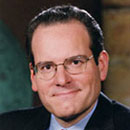
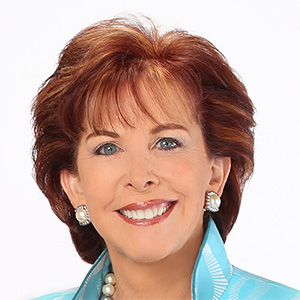
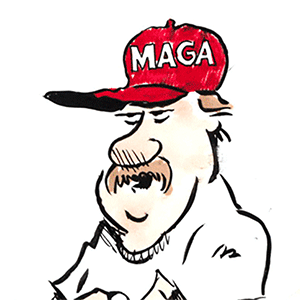



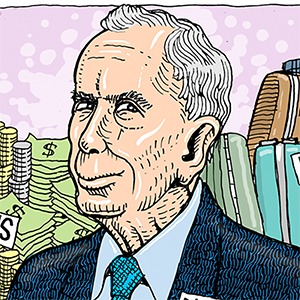
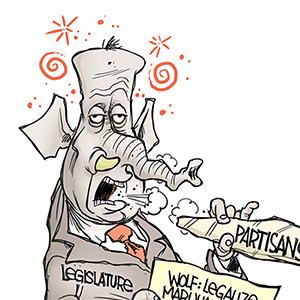
Comments